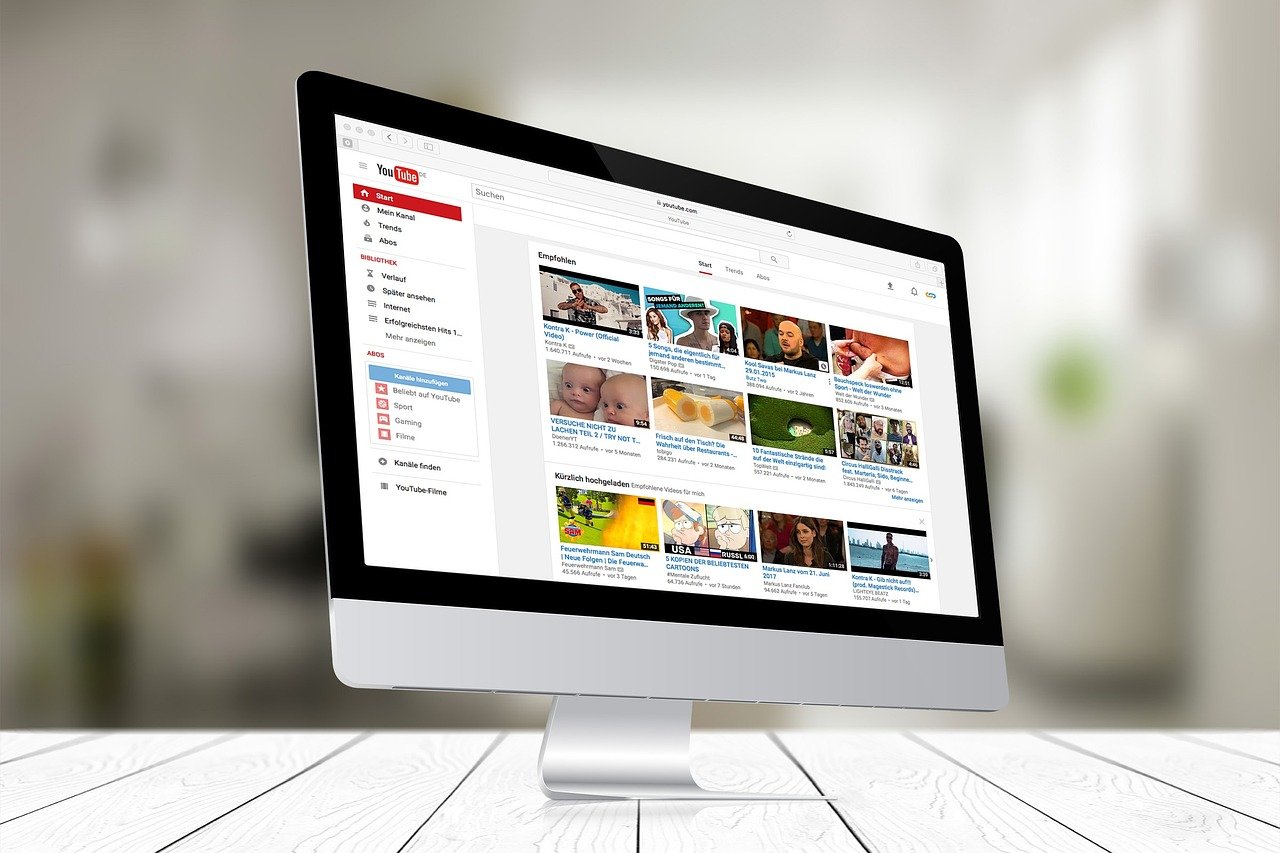Starting a hustle—a side gig, passion project, or small business venture—can be an exciting and empowering way to generate extra income, pursue a passion, or test an entrepreneurial idea. However, jumping in without proper planning can lead to frustration, financial loss, or burnout. To set yourself up for success, there are several critical aspects to consider before launching your hustle. Here’s a comprehensive look at what you should evaluate before launching your side hustle.
Starting with Why: Define Your Motivation and Goals
Before diving into any hustle, ask yourself: Why am I doing this? Your motivation will shape every decision you make. Are you looking to supplement your income, escape a 9-to-5 job, pursue a creative outlet, or solve a specific problem? Clarifying your “why” helps you stay focused when challenges arise.
Next, set clear, realistic goals. Do you want to earn $500 a month, build a portfolio, or scale into a full-time business? For example, a freelance writer might aim to land five clients in the first month, while a handmade jewelry seller might target 20 sales. Be specific, but also flexible—hustles often evolve over time.
Your “why” will be your guiding star, especially when challenges arise. A strong, intrinsic motivation will fuel your perseverance and help you stay focused on your long-term goals. Without a clear purpose, your hustle might feel like another chore, leading to a lack of enthusiasm and eventual abandonment.
Identifying Your Skills and Passions: The Fuel for Your Hustle Engine
A successful hustle often leverages existing skills and taps into your passions. Take an inventory of what you are good at and what you enjoy doing. Pair those skills with what you enjoy doing. A hustle based solely on market demand but lacking personal interest can feel like a chore, draining your enthusiasm quickly.
If you have expertise in graphic design, writing, coding, or social media marketing, you might find freelancing opportunities in those areas. Writing and researching is what you enjoy? Freelance content creation might be your calling.
Still unsure, experiment with small projects. For instance, if you’re considering a graphic design hustle, create a few mock-ups for friends. This not only tests your ability but also gauges your enjoyment. Don’t hesitate to upskill if needed—online platforms like Coursera, Udemy, or YouTube offer affordable ways to learn.
Aligning your hustle with your strengths and interests makes the work more enjoyable, sustainable, and increases your chances of delivering high-quality services or products. The key is to find something that keeps you motivated and engaged.
Time Commitment and Management: Balancing the Demands

A hustle, by its very nature, is an addition to your existing commitments. It’s crucial to realistically assess the time required to run your hustle and ensure it fits into your current schedule. Be honest with yourself about your availability and capacity.
Can you dedicate evenings and weekends to your side gig without sacrificing your primary job, family time, or personal well-being? Effective time management is paramount. Plan your work, prioritize tasks, and be disciplined in your approach. Overcommitting can lead to burnout and negatively impact both your hustle and your personal life.
Consider the nature of the hustle, too. Some, like dropshipping, may require upfront setup but less daily maintenance, while others, like social media management, demand consistent effort. Map out a rough schedule—perhaps two hours each evening or a full Saturday—and stick to it to avoid overwhelm.
Research the Market: No Demand, No Money
A side hustle should not only align with your skills but also have market demand. A great idea is only as good as its demand. Research whether there’s an audience willing to pay for your product or service. Start by identifying your target customer: Who are they? What problems do they face? What solutions are already available? How does your hustle solve those problems?
Look at competitors, too. If you’re launching a fitness coaching hustle, check out other coaches online. What do they offer? How do they price? This isn’t about copying—it’s about finding a gap or a unique angle.
Tools like Google Trends, social media platforms, Amazon reviews, or even X posts can reveal what people are searching for or complaining about, giving you insight into market needs. Conduct online research, talk to potential customers, and analyze existing businesses in your space to gain valuable insights. If you find a strong demand for your idea, it increases your chances of success.
Calculate Startup Costs: Money Matters
Many side hustles require some initial investment, even a “low-cost” hustle has expenses. Whether it’s a website domain, raw materials, marketing ads, or software subscriptions, tally up what you’ll need to get started. If you’re offering a service, you may need a website, business cards, or software subscriptions. If you’re selling a product, factor in production costs, inventory, and shipping. Keeping initial expenses low can help you maximize profits.
For example, launching a podcast might require a $50 microphone, $10/month hosting, and $20 for basic editing software—a modest $80 upfront. Compare this to your budget and determine how long you can operate before becoming profitable. Can you self-fund, or do you need savings or a small loan? How will you track your income and expenses?
Avoid over-investing early—start lean and scale as revenue grows. A common mistake is overspending on branding or equipment before validating the idea. Also, plan for potential unexpected expenses. Developing a solid financial plan and managing your cash flow effectively is crucial for the long-term viability of your hustle.

Risk Assessment and Mitigation: Prepare for Challenges
Like any entrepreneurial venture, hustles also rarely go smoothly. Sales might slump, motivation might wane, or unexpected costs might pop up. Mentally prepare for setbacks and decide how you’ll handle them.
Will you push through, pivot, or pause? Having a contingency plan—like a small emergency fund or a backup hustle idea—eases stress. Being prepared for potential challenges will help you navigate difficulties and increase the resilience of your hustle. Success comes from persistence, not perfection.

Maintaining Passion and Avoiding Burnout
Burnout is another risk. Starting a side hustle can be exciting, but it can also be overwhelming. To prevent burnout, ensure that you maintain a balance between work and personal life. Set boundaries to protect your energy, like no work after 9 p.m. or one day off weekly. Have in place realistic expectations, take breaks when needed, and remind yourself of why you started in the first place.
Choosing the Right Platform: Choice Matters
Your choice of platform will depend on the nature of your hustle. If you’re selling products, platforms like Etsy, Shopify, or Amazon can help you reach customers. If you’re offering freelance services, websites like Upwork, Fiverr, or LinkedIn can be useful. Social media platforms like Instagram, TikTok, and Facebook are also powerful tools for marketing and customer engagement.
Embracing Flexibility and Adaptability, Scaling and Future Growth: The Key to Long-Term Success
The entrepreneurial landscape is constantly evolving. Be prepared to adapt and adjust your strategies as needed. What works today might not work tomorrow. Stay open to new ideas, be willing to experiment, and learn from your mistakes. Flexibility and adaptability are crucial for navigating the ever-changing world of business and ensuring the long-term success of your hustle.
Also, as your side hustle gains traction, consider how you can scale it. Can you automate certain tasks? How about hiring additional help? Can you expand your product or service offerings? Planning for future growth can also help you turn your side hustle into a sustainable business.
Start Small and Iterate: The Power of Simplicity
The biggest mistake new hustlers make is trying to do too much too soon. Launch with a minimum viable product (MVP)—the simplest version of your idea. If you’re baking cookies, sell one flavor locally before offering a dozen varieties online. Use feedback to refine your hustle, adding features or scaling up as demand grows.
Iterating keeps you agile. Maybe customers love your cookies but want gluten-free options—adapt accordingly. Small steps build momentum without overwhelming you.
Understand Legal and Tax Implications
Hustles aren’t exempt from regulations. This could include registering your business, obtaining necessary licenses and permits, understanding tax obligations, and adhering to industry-specific regulations. Depending on your location and industry, you might need permits, licenses, or insurance. Selling food? Check health codes. Freelancing internationally? Look into payment platforms and tax treaties.
Taxes are another consideration. In many countries, side income must be reported, even if it’s small. Research your local tax laws—do you need to register as a sole proprietor or LLC? Set aside a portion of your earnings (20-30% is a safe estimate) for taxes to avoid surprises. Apps like QuickBooks or a quick chat with an accountant can clarify this early.
Building a Support System: The Power of Connection
Hustling can be isolating, especially if you’re juggling it alone. Building a strong support system is crucial for staying motivated and overcoming challenges. This could include friends, family, mentors, or other entrepreneurs. Connect with people who understand your journey and can offer advice, encouragement, and support.
Online communities are goldmines, too. Join forums, X groups, or subreddits related to your hustle. A budding photographer might connect with others on X to share tips or find clients. Collaborating with influencers, bloggers, or other entrepreneurs can also help boost your visibility and credibility. These networks keep you motivated and accountable.
Conclusion
Starting a hustle can be an incredibly rewarding experience, offering financial benefits, personal fulfillment, and the opportunity to build something of your own. On the flip side, it is also a complex endeavor. By defining your goals, assessing your resources, researching the market, and planning strategically, you lay a strong foundation for success.
It’s not about having all the answers upfront—it’s about starting smart, learning as you go, and staying adaptable. Whether your hustle becomes a full-time gig or a profitable passion, the effort you invest in preparation will pay off. So take a deep breath, pick your idea, and take that first step. Take the time to research, plan, and stay consistent—your hustle has the potential to thrive! Good luck!




